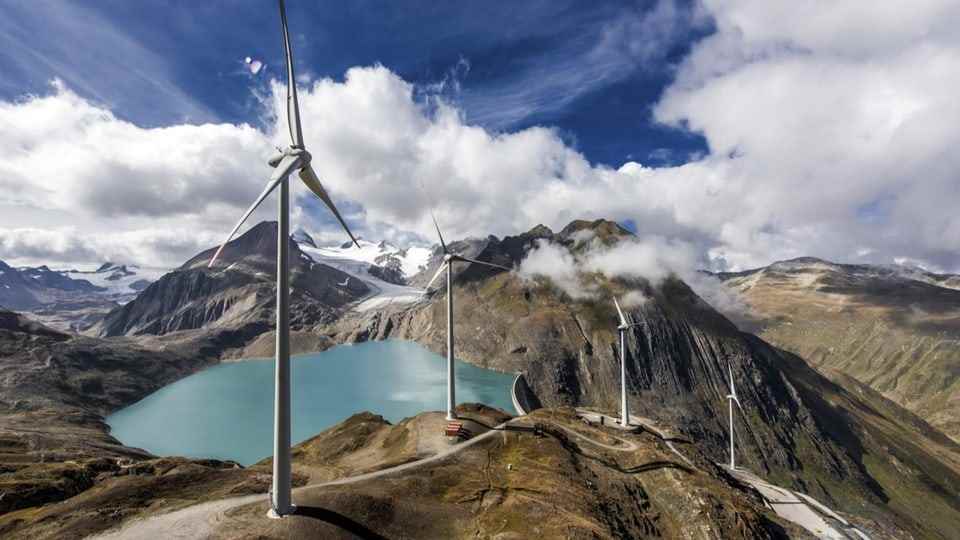contents
Dependence on Russian gas will last through the winter. And there is a risk that the memory will run out. A scenario that could be expensive.
It’s a textbook dilemma – and perhaps the greatest leverage that Russia has over Europe in the context of the war in Ukraine: the gas tap. If it stays closed, bottlenecks threaten. If it rises, democratic countries are funding Vladimir Putin’s war.
Legend:
Light at the end of the tunnel? The LNG terminal in Wilhelmshaven in northern Germany should be up and running before Christmas.
Keystone/DPA/SINA DEBT
This winter will therefore be challenging for Switzerland, which imports half of its gas imports from Russia via Germany. And the probability seems high that the gas storage facilities will be largely empty in the spring.
So far, so well known. But what happens if Putin turns off the gas supply when the storage tanks are empty in the spring? Could the situation in winter 2023/2024, as the German energy expert Karen Pittel suggested in Die Zeit that get even more dramatic?
Switching to LPG will have an impact
Tony Patt, Professor of Climate Policy at the ETH in Zurich, emphasizes: “A lot is still uncertain.” He does not dare to make precise predictions. Rather, he outlines the measures that are now being taken.
First, there are the LNG terminals that are planned in Europe. The plant in Wilhelmshaven in northern Germany was supposed to start operating before Christmas. Other cities such as Gijón in Spain or Alexandroupoli in Greece are also being built for liquid gas handling.
“The liquid gas is likely to come mainly from North America and probably North Africa,” says Patt. In fact, the USA is the country that produces the most natural gas in the world. The Maghreb country Algeria follows in 10th place. Norway will also continue to consolidate its role as an important gas exporter.
Not as bad as you might thought? Not quite. Because even if every price forecast is speculative according to Patt, it seems clear: LPG will become expensive. “The cost of supply from Russia was extremely low, while the cost of supply via LNG is about 40 percent higher,” Patt explains.
Patt considers it relatively unlikely, although not impossible, that there will be price jumps similar to those seen this summer – the gas price exploded in late summer: “The switch to LNG will have an effect, but compared to the last price fluctuations caused by the concern triggered around the shortage, the effects are rather small.”
There’s no getting around saving
In addition, the LNG terminals cannot replace all gas imports from Russia. Patt ventures an estimate: “The additional liquid gas could cover about half of the previous imports from Russia.”
At the same time, this means that the other half of the previous gas imports are not covered by LNG terminals. Patt says: “We have to act wisely in this regard throughout the year.” This means using little electricity even in summer and increasing storage capacity. In the long term, heating systems would have to be replaced and solar and wind power plants would have to be built. “And as quickly as possible,” emphasizes Patt.

Legend:
The path to energy independence leads through renewable energy sources. Here the power plants of the Griessee plant in the canton of Valais, the highest wind farm in Europe.
Keystone/OLIVIER MAIRE
So if you do your homework, you could soon be over the mountain. So says Patt: “It could be critical for this winter. After that, the situation should calm down.” This applies at least to the energy supply. How the higher liquid gas prices are financially cushioned – the high energy costs are already putting society jNow under pressure is another question.
